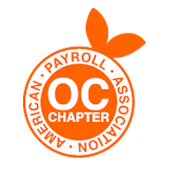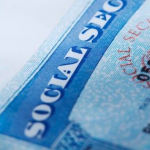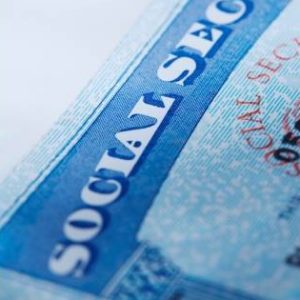
New COVID-19 Relief Law Signed: What You Need to Know

Courtesy of ADP

The Paycheck Protection Program is reopened with over $284B in funds available for new loans. First-time borrowers must have 500 or fewer employees and meet other eligibility criteria. In addition, second PPP loans are available to businesses that received a PPP loan previously if they have 300 or fewer employees and meet other eligibility criteria. PPP loans are available until March 31, 2021, or until all allocated funds are disbursed.
For new borrowers, as well as borrowers who have already received a loan and not yet applied for forgiveness, the law expands eligible non-payroll costs to include certain covered operations expenditures, property damage costs, supplier costs and worker protection expenditures. Non-payroll costs remain limited to less than 40% of the loan amount. Additionally, for all borrowers who have not yet applied for forgiveness, the safe harbor deadline to restore wage and employment levels is extended from December 31, 2020, to September 30, 2021.
Second PPP loans are available to businesses that received a PPP loan previously and that meet special requirements, including:
- Second-time borrowers must have 300 or feweremployees. The rules of the program may limit participation if your organization has related entities, or if you are in certain industries. Check the Small Business Administration’s PPP website (https://www.sba.gov/funding-programs/loans/coronavirus-relief-options/paycheck-protection-program) or speak to your trusted legal or accounting advisor for more information.
- To be eligible for a second PPP loan, businesses will need to demonstrate a reduction in revenue of at least 25% between corresponding quarters in 2020 and 2019. Special rules apply to businesses that were not in operation for all or part of 2019.
- The maximum amount for second draw PPP loans is $2 million.
- Borrowers must have fully spent the loan proceeds from their first PPP loan before their second PPP loan is disbursed.
As a reminder, PPP loans are designed to be 100% forgivable as long as the proceeds are spent in accordance with program rules.
Extension of Paid Leave Credits Under the Families First Coronavirus Response Act (FFCRA)
The FFCRA required employers with fewer than 500 employees to provide mandatory paid sick and paid family leave for certain reasons related to COVID-19. It provided a corresponding tax credit for any amounts paid to employees for the required paid leave. The COVID-related Tax Relief Act of 2020 (CTRA) extends the tax credit portion of the FFCRA for employers that voluntarily offer paid sick or paid family leave through March 31, 2021. The mandatory leave portion will terminate as expected on December 31, 2020.
Extension of Employee Retention Tax Credit (ERTC)
The CARES Act allows eligible employers to claim a federal tax credit with respect to qualified wages paid between March 13 and December 31, 2020. The Taxpayer Certainty and Disaster Tax Relief Act of 2020 (the “Act”) extends the ERTC to cover wages paid through June 30, 2021. In addition, as of January 1, the Act increases the credit rate rom 50% to 70% of qualified wages, increases the per employee wage cap from $10,000 in the aggregate to $10,000 per calendar quarter, decreases the required decline in gross receipts from 50% to 20%, and increases the threshold for treatment as a large employer from 100 employees to 500 employees. Retroactive to March 13, the Act provides that employers who receive PPP loans may still be eligible for the ERTC to the extent qualified wages are not paid using forgiven PPP loan proceeds, and it clarifies that group health plan expenses may be considered qualified wages even if no other wages are paid to the applicable employee.
Extension of Repayment Period for Deferred Employee Social Security Taxes
The current guidance issued by the IRS (IRS Notice 2020-65) required that any deferred employee portion of Social Security tax withholding between September 1 and December 31, 2020, must be ratably withheld and paid from wages and compensation paid to employees between January 1 and April 30, 2021, or penalties and interest would begin to accrue on May 1, 2021. The CTRA extends the repayment deadline from April 30, 2021, to December 31, 2021, and the date for penalty and interest to begin accruing from May 1, 2021, to January 1, 2022.












